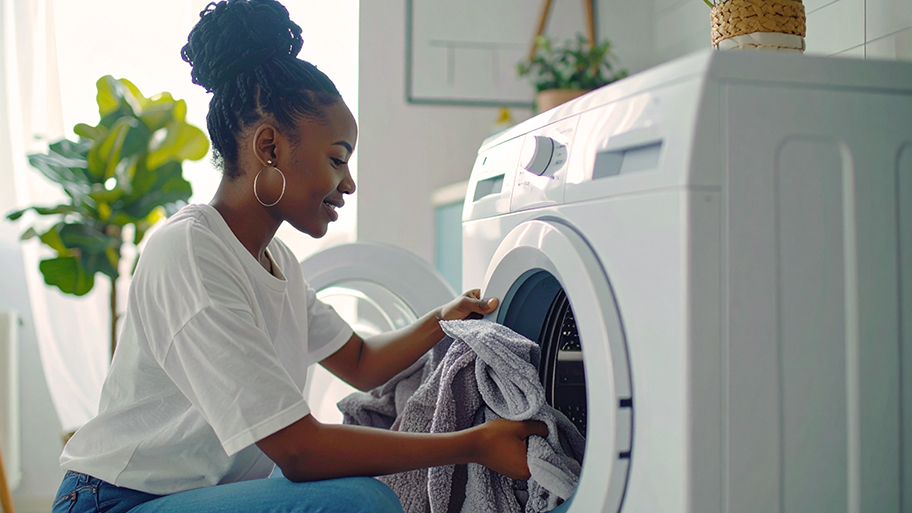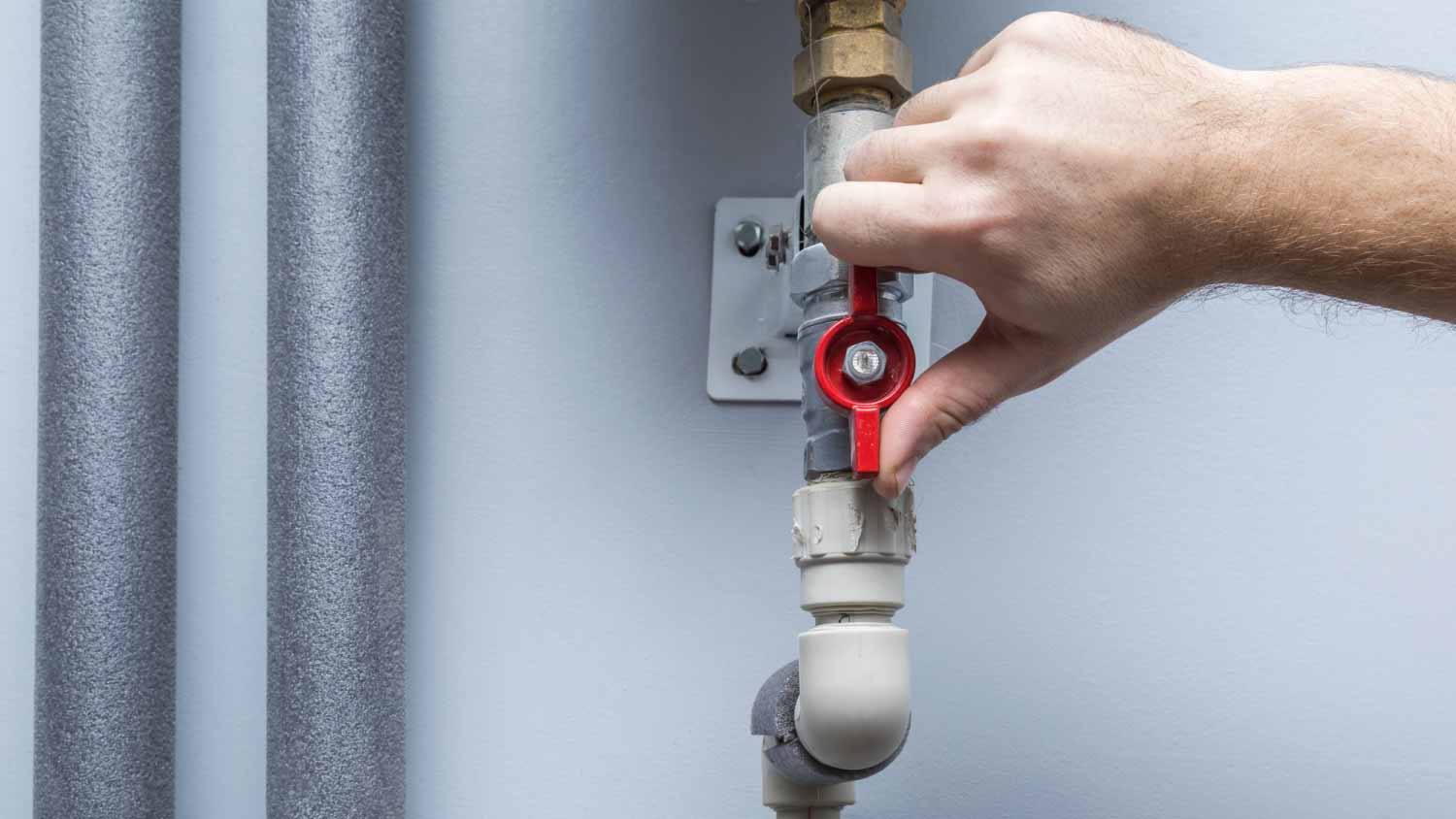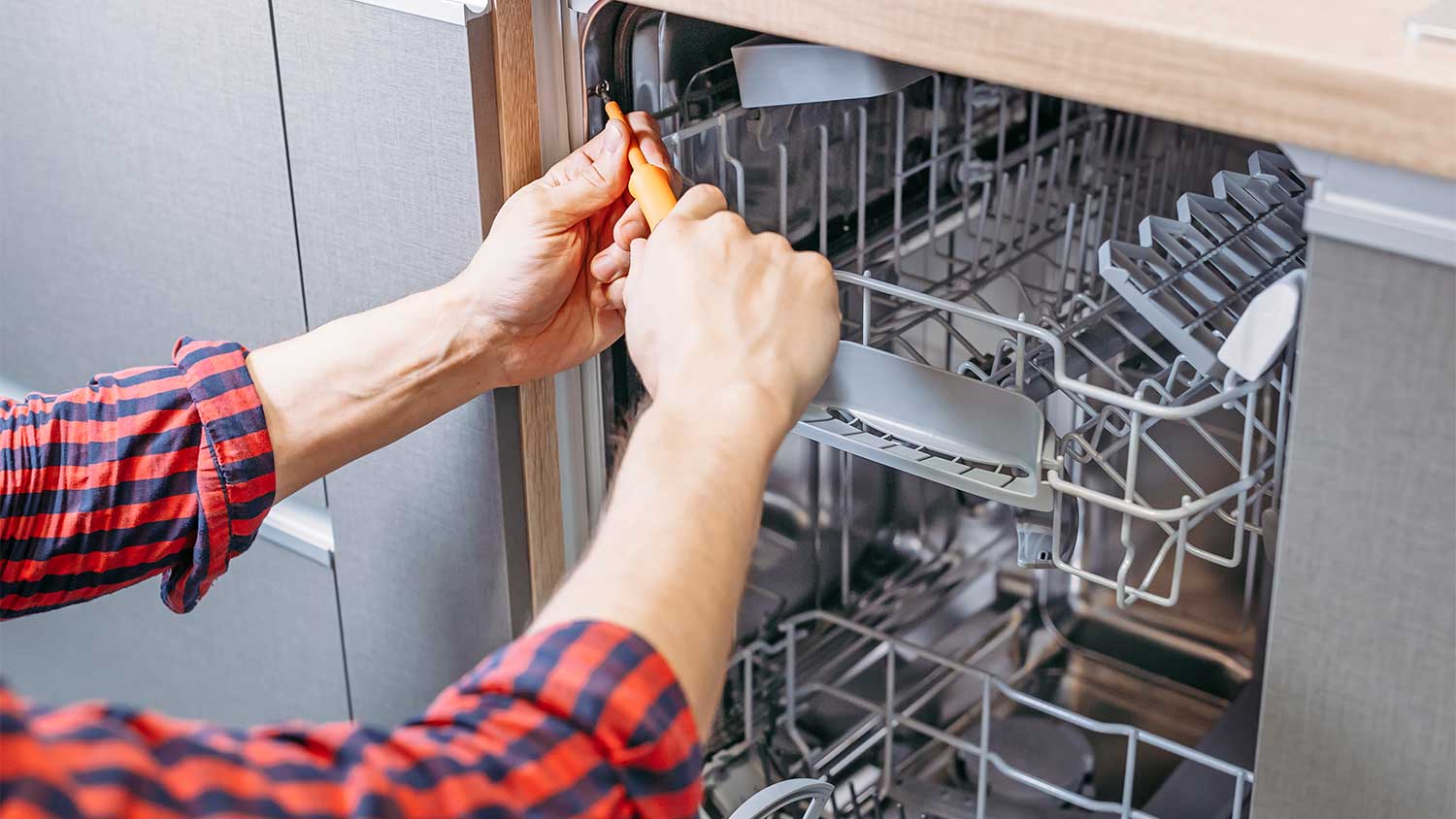
Discover the average washing machine repair cost, key price factors, and expert tips to help you budget and save on repairs for your home.
Wetter is better


The most common reason for a washer not filling with water is the water supply being off.
Hose kinks and clogged water filters can also be to blame.
Washing machine repairs cost between $125 and $450 on average.
Why is my washer not filling with water? The problem can stem from a simple oversight to outright mechanical failure, no matter the type of washing machine you have. Fortunately, the most likely reasons your washer fails to fill with water are simple and quick to fix. If it's not a simple repair, having a qualified technician take a look is the logical next step. Our guide will help you troubleshoot the problem.

Have you double-checked to make sure you turned the supply water to the machine back on the last time you moved or performed maintenance on it? Absolutely no judgment here. It can happen to anyone, even seasoned repair technicians. The situation sounds so silly that we often don't even consider it as a solution. However, it's also the most common reason that techs receive calls about washing machines not filling up.
If you've recently moved your washing machine or it's fresh off a repair or maintenance servicing, check the water connection valves where the machine's hose connections meet the plumbing. If the valves have a knob or round handle, turn them counterclockwise to open them. If there's a lever-type handle, turn it so the lever is parallel to the water flow through the valve.
The second most common reason that homeowners find their washing machines not filling up is a problem with the hoses and related parts that connect the appliance to the household plumbing. Hose kinks and clogged water filters are the usual suspects. Having particularly hard water in your home can make the problem a more common occurrence than for those with soft water.
Visually check for kinks in the connection hoses that attach your machine to your plumbing. Kinks can happen when you move the appliance or otherwise come into contact with the hoses. If all looks good, turn off the supply water and disconnect the hoses from the plumbing and the machine. Be careful with the hot water supply to not scald yourself.
In the hose end and often in the machine itself, there's a small screen filter. The filter can experience clogging or mineral buildup that can stop the water flow. Use a small brush to remove debris and rinse off the filter with clean water. Reinstall them in the same configuration.

Whether you have a top-loading or front-loading washing machine, you'll have a safety switch somewhere around the appliance's door. If there's no visible switch, there's a sensor that performs the same function. Its only job is to tell the rest of the machine that the door is securely closed, so it’s safe to start a wash cycle. If the switch or sensor doesn't engage, the machine won't operate.
Try opening and reclosing the appliance's door, making sure there's nothing in the way. This action is often enough to reset the switch. If not, check for any obstructions in the way of the switch and remove them. If you still don't get a reaction, calling a pro is the next best step.
Modern laundry machines have all kinds of convenience features. This also means they have more moving and electrical parts that can fail and cause inconvenience. Sensor, mechanical, and electronic failures can all result in a washing machine that won't fill and sometimes won't operate at all.
Because of the complexity of modern machines, most appliance repairs require the skills of a qualified technician. You can reset your washing machine by unplugging it and plugging it back in. However, the results depend on why your machine is acting up in the first place. In most cases, professional repairs are necessary. Washing machine repair costs between $125 and $450 on average.
If your washing machine won't fill with water, the problem is usually a physical one rather than a mechanical one, especially if your machine is newer. DIY repairs that include unkinking or replacing the connection hoses or cleaning the inlet filters are relatively straightforward. However, mechanical or electronic problems generally require the experience, skills, and tools of a qualified washing machine repair technician near you.
From average costs to expert advice, get all the answers you need to get your job done.

Discover the average washing machine repair cost, key price factors, and expert tips to help you budget and save on repairs for your home.

Depending on repair needs and machine age and type, the cost to replace a heating element in a dryer can vary. Learn the average repair costs.

Get expert insights on dishwasher repair cost, including average prices, key cost factors, and tips to save money on repairs.

Did you leave the gas on? If you went out and forgot to turn off the stove, don’t panic. Instead, remain calm and follow a few basic steps.

Gas stoves are the center of many meals, and when they break down, homeowners are left scrambling. Find out who you can call to fix your gas stove.

Your gas oven might not heat up for various reasons, such as problems with the circuit breaker, igniter, or gas supply. You can troubleshoot to figure out why your gas oven won’t heat up, but you may need to reach out to a professional.